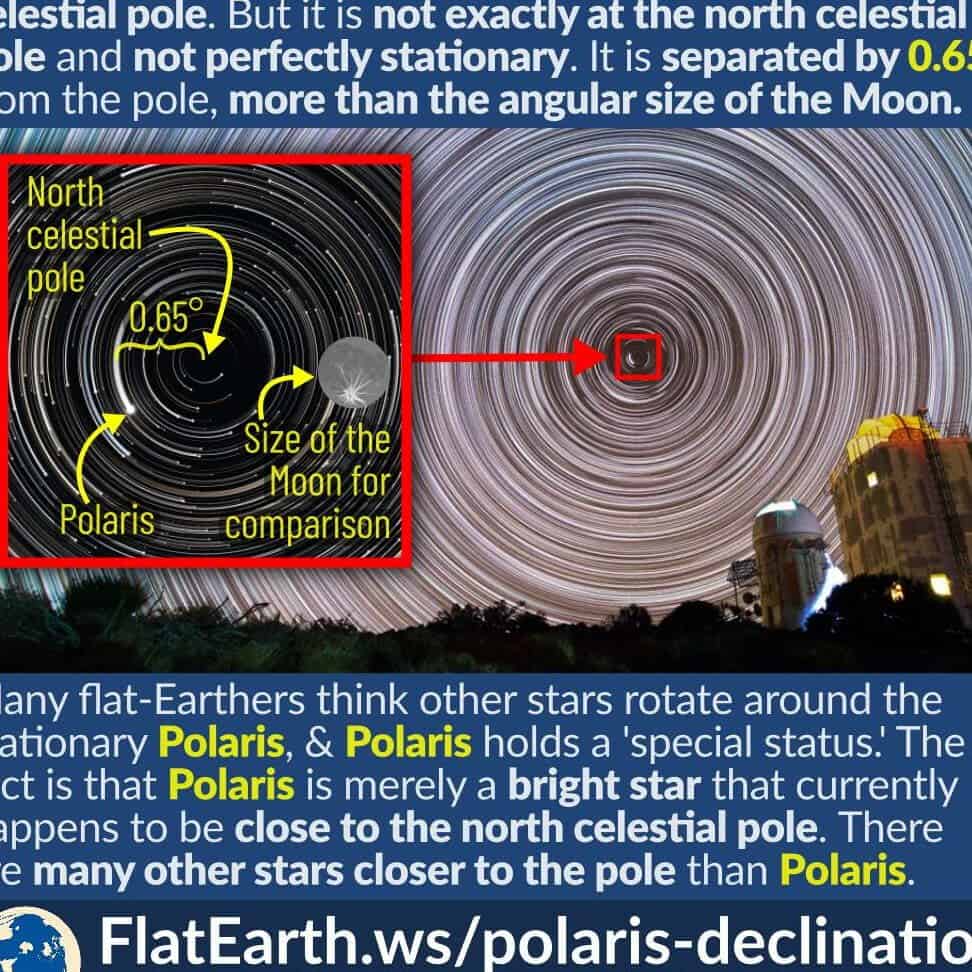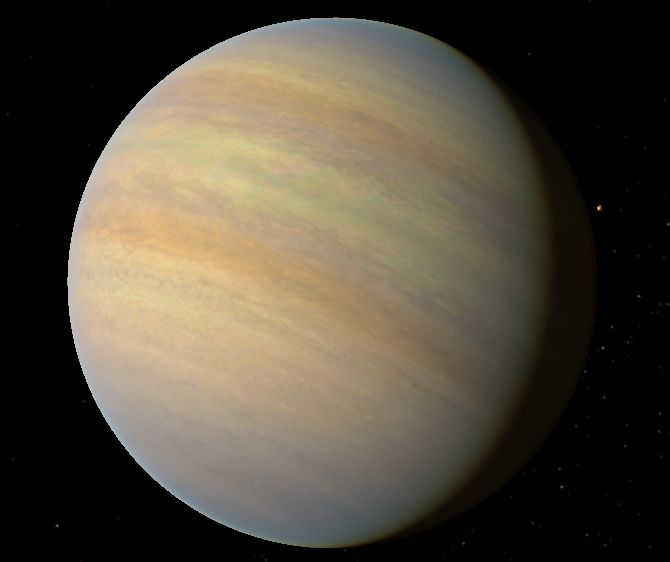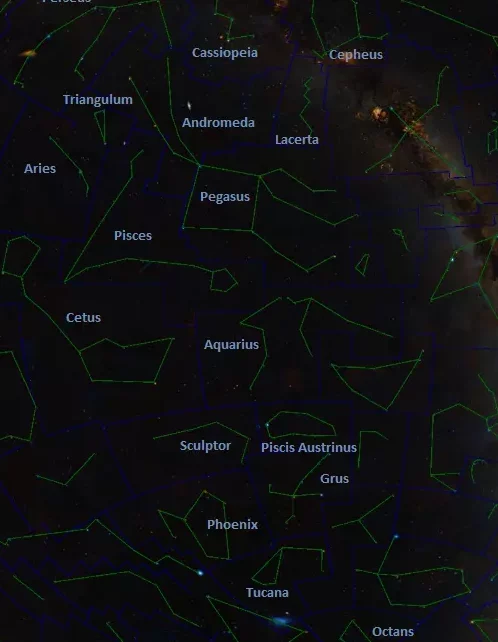
Why is Polaris not moving?
Polaris, also known as the North Star, is the brightest star in the constellation of Ursa Minor. It has earned the nickname “the guiding star” due to its constant position in the northern sky. Polaris is located in close proximity to the North Pole, with the distance between them being less than 1 degree. This…



















